Introduction: Understanding the Distinction Between Drivers and Chauffeurs
When arranging transportation, many of us use the terms driver and chauffeur interchangeably. However, these roles offer significantly different experiences, qualifications, and levels of service. Understanding these differences can help us select the right professional for our specific needs, whether for daily commutes, special occasions, or executive travel. In this article, we’ll clarify what separates a driver from a chauffeur and explain why that distinction matters.
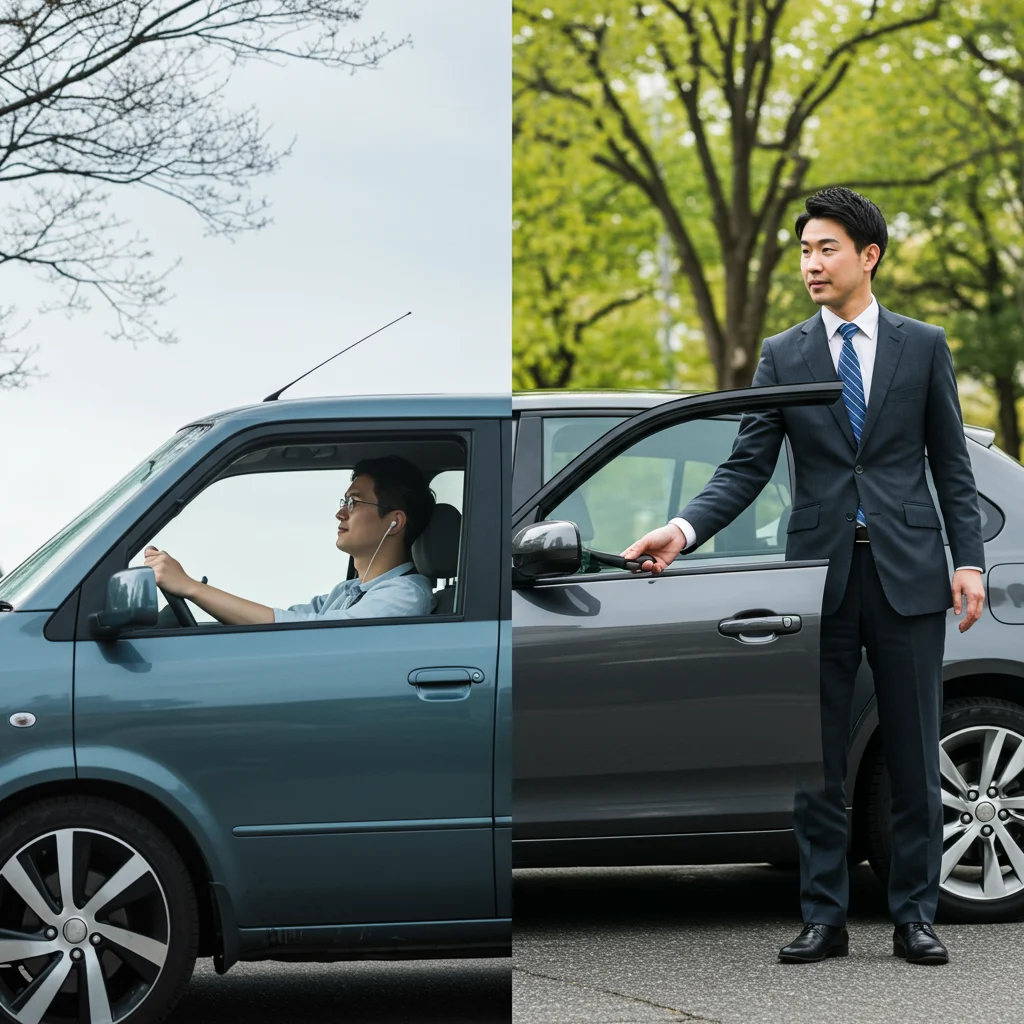
Why Is It Important to Know the Difference?
Choosing between a driver and a chauffeur impacts not only the quality of your journey but also your expectations regarding professionalism, comfort, and discretion. For business leaders, families, or event planners, selecting the appropriate service ensures that transportation aligns with the occasion, budget, and desired level of care. Awareness of these differences also helps us avoid misunderstandings and ensures a seamless travel experience.

Defining the Terms: What Is a Driver?
A driver is an individual whose primary responsibility is to operate a vehicle and transport passengers or goods from one location to another. Drivers can work in various settings, including taxis, ride-sharing services, delivery vehicles, and more. Their main focus is on safe and efficient transportation, with minimal emphasis on luxury or additional services.
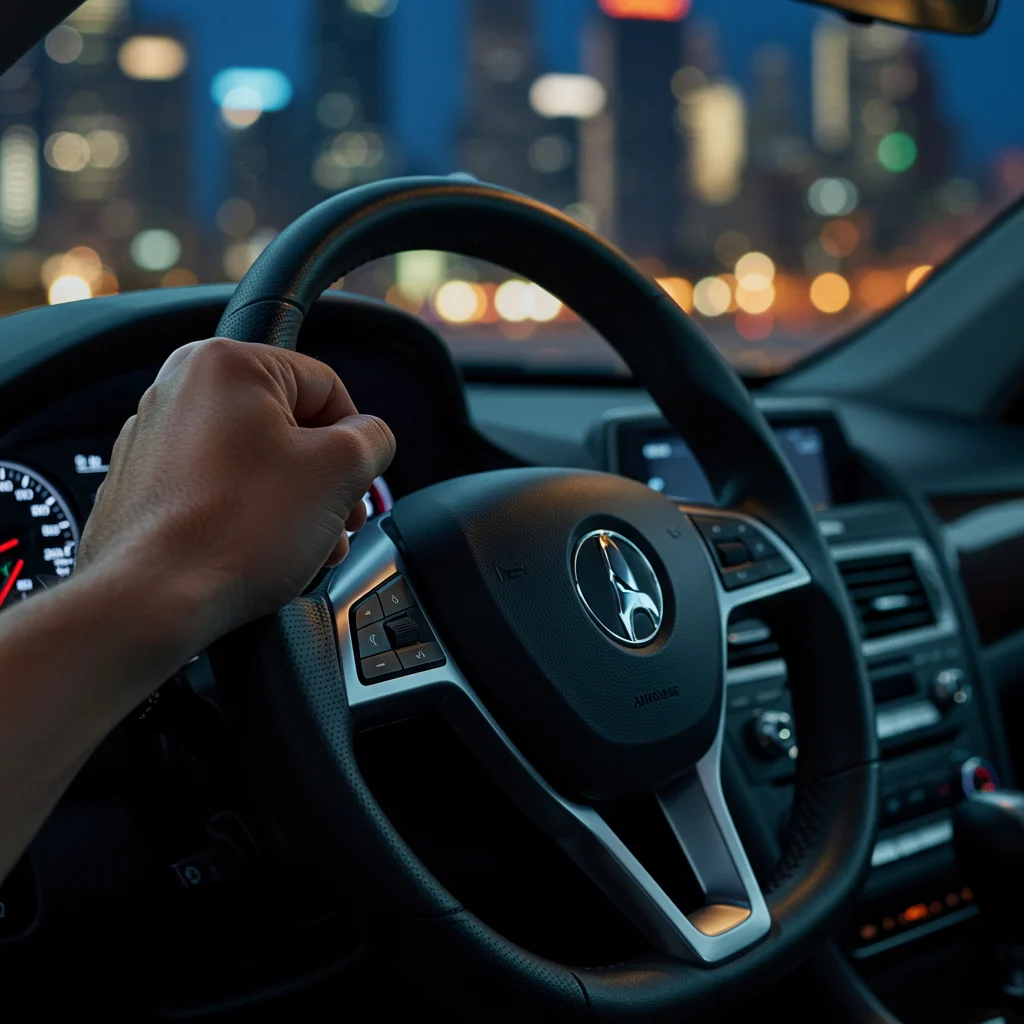
What Is a Chauffeur?
By contrast, a chauffeur provides a premium transportation service, often in luxury vehicles. Chauffeurs are expected to deliver an elevated standard of professionalism, including attention to detail, personalized service, and a polished appearance. Their role extends beyond driving, encompassing hospitality, discretion, and sometimes even security for high-profile clients.

Historical Background: The Origins of Drivers and Chauffeurs
The distinction between drivers and chauffeurs dates back to the early days of the automobile. In the late 19th and early 20th centuries, wealthy families employed chauffeurs to operate their motorcars, which were complex and required technical expertise. Drivers, on the other hand, were more commonly associated with commercial or utilitarian transport.
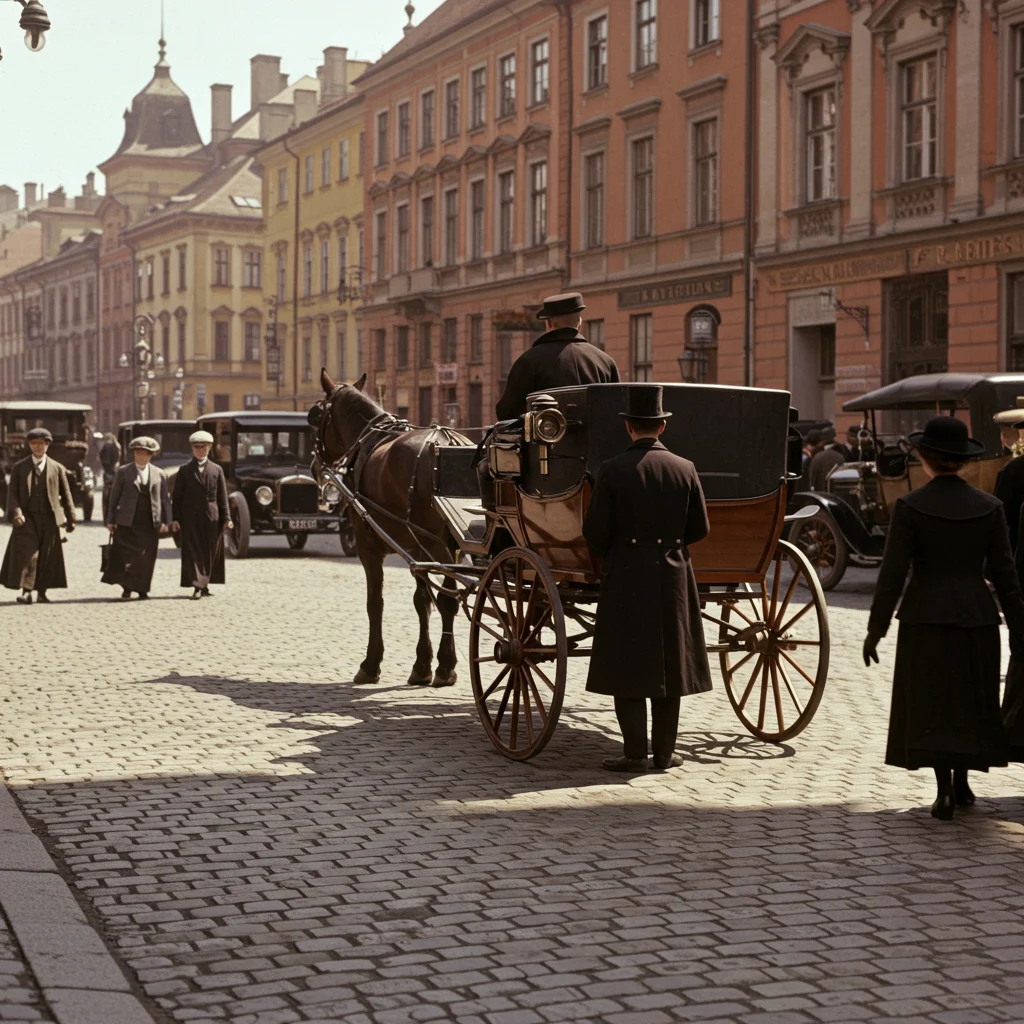
How Have the Roles Evolved Over Time?
Over time, the roles of drivers and chauffeurs have shifted alongside advances in automotive technology and changes in societal expectations. Today, drivers are accessible to the general public through taxis, ride-sharing apps, and employment in logistics. Chauffeurs remain associated with luxury, privacy, and tailored service, catering to executives, celebrities, and special events.
Key Responsibilities: Driver vs. Chauffeur
Both drivers and chauffeurs share the fundamental responsibility of transporting people safely. However, their daily duties and service scope differ considerably.
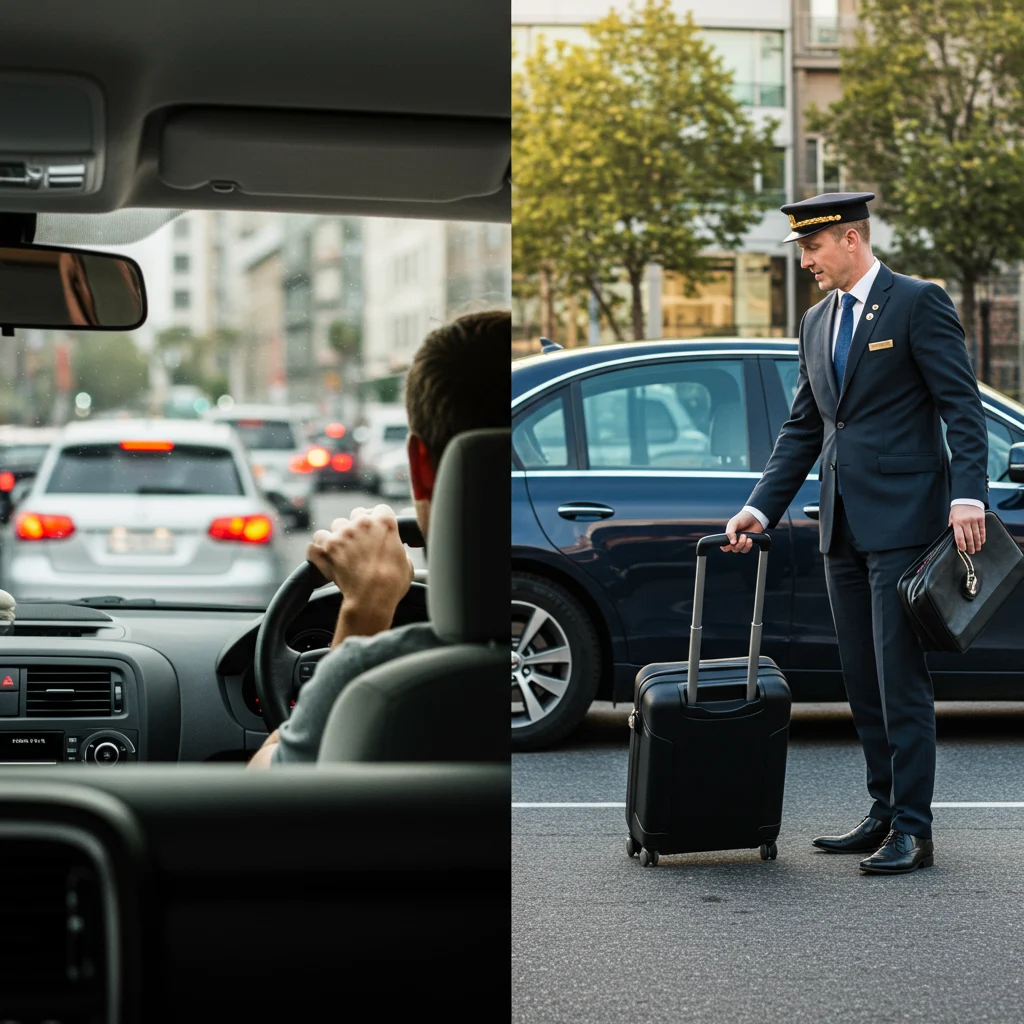
What Are the Main Duties of a Driver?
Drivers typically focus on:
- Navigating to destinations efficiently
- Following traffic laws and safety protocols
- Maintaining basic vehicle cleanliness and functionality
- Handling fares and payment for commercial services
For those interested in performance vehicles, our post on the best rally cars for beginners highlights how driving skills can extend beyond standard transportation.
What Are the Main Duties of a Chauffeur?
Chauffeurs, in addition to driving, are responsible for:
- Providing a courteous and personalized experience
- Assisting with luggage and doors
- Maintaining a spotless, well-presented vehicle
- Offering amenities such as refreshments or Wi-Fi
- Upholding confidentiality and discretion
Professionalism and Conduct: How Do Standards Differ?
The standards for professional conduct vary significantly between drivers and chauffeurs. This difference influences client comfort and overall satisfaction.

Dress Code and Appearance Expectations
Chauffeurs are known for their meticulous attire, often donning suits, polished shoes, and sometimes even gloves and hats. This attention to appearance reinforces the luxury atmosphere inside their vehicles. Drivers, meanwhile, may have more relaxed dress codes, especially in ride-sharing or taxi services.
Behavior and Etiquette Requirements
Chauffeurs are trained in etiquette, including formal greetings, respectful communication, and unobtrusive presence. They understand when to engage in conversation and when to provide privacy. Drivers generally focus on the task of driving, with etiquette expectations varying by company or region.
Training and Qualifications: What Sets Them Apart?
While all professional drivers require proper licensing, the depth and type of training differ between the two roles.

Licensing Requirements
Drivers must hold a valid license appropriate for the vehicle class they operate. In some regions, commercial drivers must meet age and experience requirements, as outlined in our resource on how old you need to be to rent a car.
Specialized Training for Chauffeurs
Chauffeurs receive additional training in customer service, defensive driving, and sometimes advanced security protocols. They may also participate in courses on etiquette, local geography, and luxury vehicle operation.
Background Checks and Screening
Both drivers and chauffeurs undergo background checks, but the screening for chauffeurs is often more rigorous. Employers may require clean criminal records, excellent driving histories, and even psychological evaluations for those working with high-profile clients.
Skill Sets: Comparing Drivers and Chauffeurs
The skills required for each role extend beyond basic vehicle operation, especially for chauffeurs.

Driving Skills and Safety Protocols
Both must demonstrate expert handling of vehicles and adherence to safety standards. Chauffeurs, however, are expected to anticipate hazards, plan routes meticulously, and adapt smoothly to changing conditions.
Customer Service and Interpersonal Skills
Chauffeurs excel in customer service, providing attentive yet discreet interaction. Their ability to read client needs and preferences distinguishes them from standard drivers.
As experts often say:
“A great chauffeur doesn’t just drive; they curate an experience tailored to each client’s comfort, privacy, and peace of mind.”
Navigation and Local Knowledge
While GPS has made navigation accessible, chauffeurs often possess deep local knowledge, from traffic patterns to the best routes during special events. This expertise allows them to avoid delays and offer recommendations for dining or entertainment, enhancing the overall journey.
Types of Vehicles Operated
The vehicles associated with drivers and chauffeurs differ in style, features, and purpose, influencing the atmosphere of each ride.
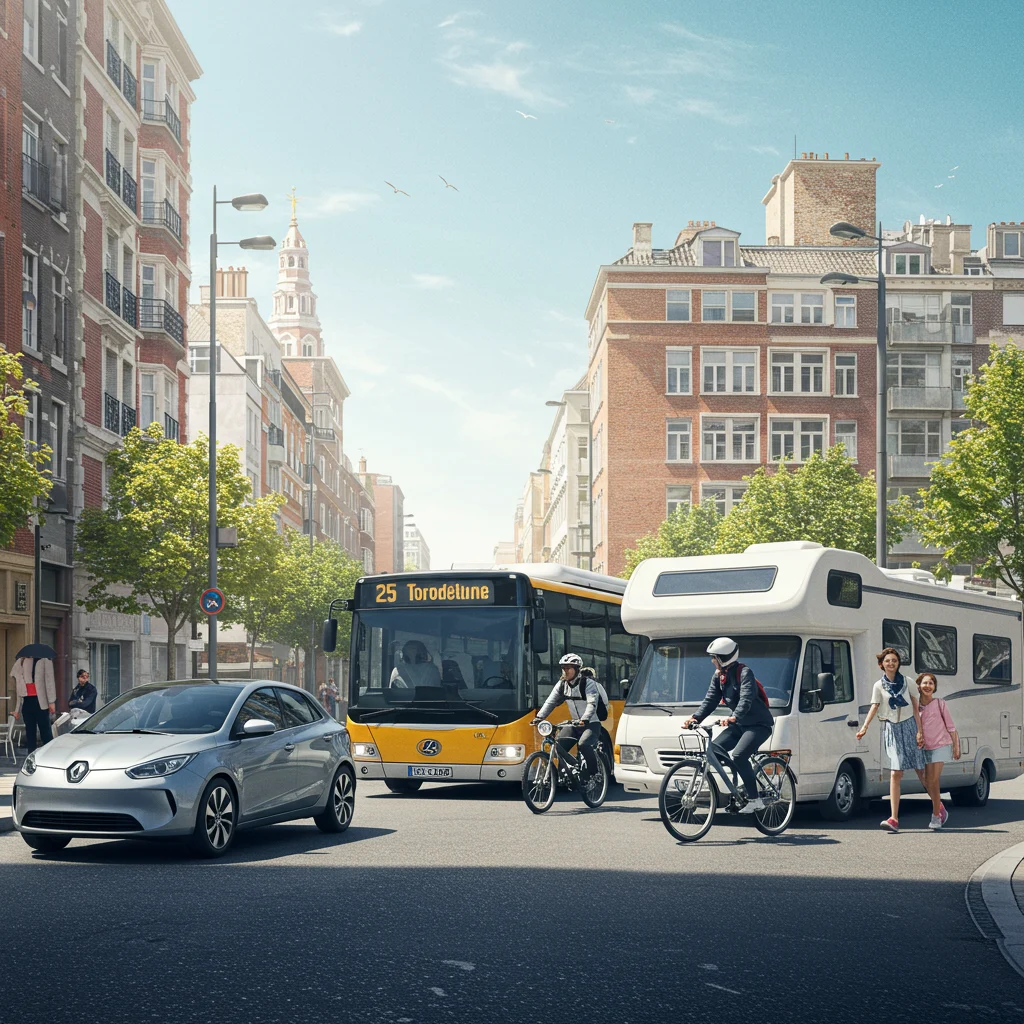
What Vehicles Do Drivers Typically Use?
Drivers most commonly operate standard sedans, hatchbacks, SUVs, vans, or commercial vehicles. Their focus is on practicality and efficiency rather than luxury. For those interested in stylish group travel, we recently reviewed the best 4 passenger convertible cars for 2025, which blend comfort with open-air excitement.
What Vehicles Are Chauffeurs Associated With?
Chauffeurs are synonymous with high-end vehicles, such as luxury sedans, limousines, and executive SUVs. These cars are meticulously maintained and equipped with premium features to enhance client comfort and prestige.
Vehicle Maintenance and Care
Chauffeurs maintain their vehicles to the highest standards, ensuring cleanliness, mechanical reliability, and a flawless appearance. Drivers, particularly in commercial settings, are responsible for regular checks but may not be held to the same exacting standards as chauffeurs.
Service Experience: What Should Clients Expect?
The experience clients receive from a driver versus a chauffeur varies in personal attention, comfort, and privacy.
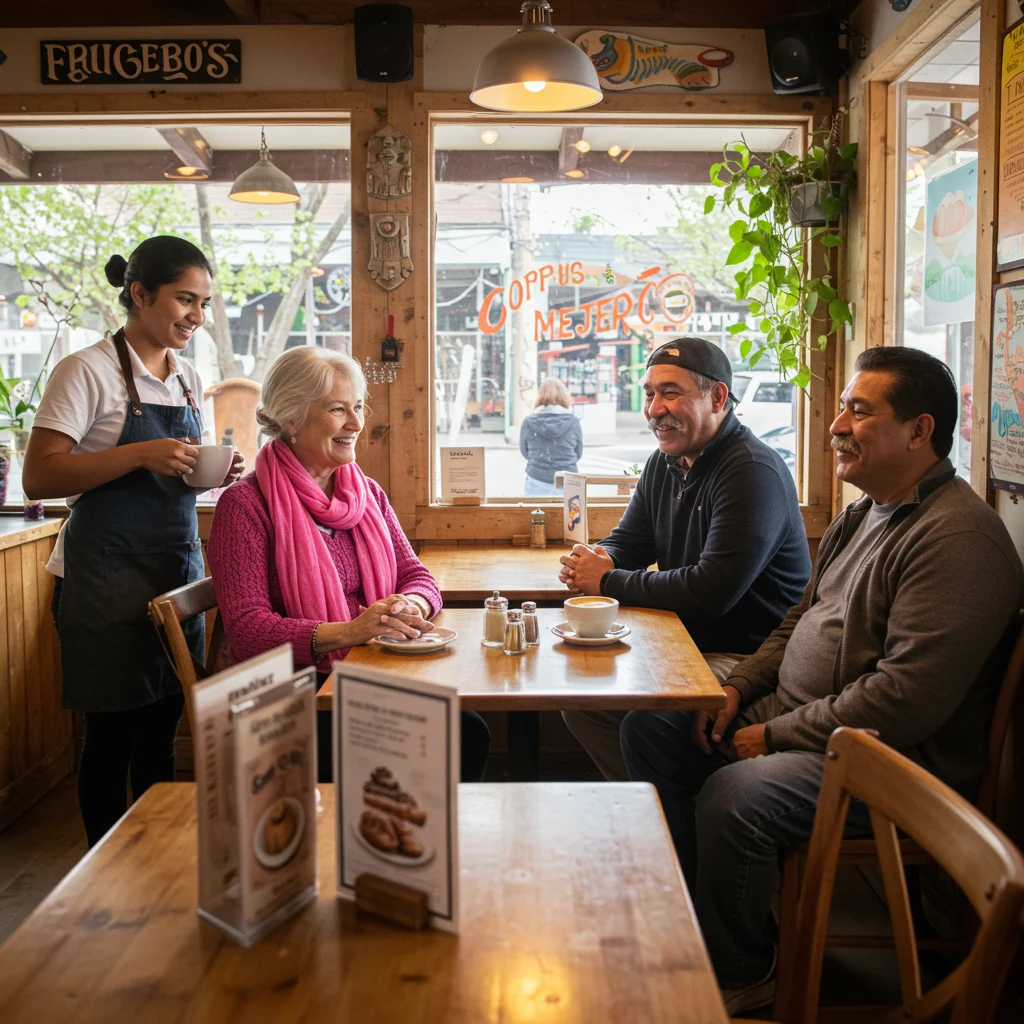
Level of Personalization
Chauffeurs tailor each journey to the client’s preferences, from music selection to climate control and route adjustments. Drivers typically provide a standard service with limited customization.
Amenities and In-Car Comfort
Clients riding with chauffeurs often enjoy amenities such as bottled water, phone chargers, newspapers, and plush seating. The atmosphere is designed to feel serene and welcoming, with subtle scents and gentle lighting. Standard drivers may offer some conveniences, but rarely match the range found in luxury vehicles.
Discretion and Confidentiality
Chauffeurs are trained to maintain strict confidentiality, making them the preferred choice for high-profile clients, executives, and those who value privacy during transit. Drivers may not have the same protocols in place, depending on the service provider.
Appearance and Presentation of Vehicles
The presentation of a vehicle shapes first impressions and can influence the overall satisfaction of any journey.

Cleanliness Standards
Chauffeur-driven cars are kept spotless, both inside and out. Attention to detail ensures that clients enter an immaculate environment, free of clutter, dust, or odors. Drivers of standard vehicles are expected to maintain a reasonable level of cleanliness, but the standards can vary.
Luxury Features and Upgrades
Luxury vehicles used by chauffeurs often include advanced sound systems, climate control zones, privacy partitions, and upgraded materials such as leather seating and wood trim. These features elevate the travel experience well beyond what is typical in standard commercial vehicles.
Employment Settings: Where Do They Work?
Both drivers and chauffeurs can be found in a variety of employment settings, though their roles and environments often diverge.

Private vs. Public Employment
Chauffeurs are frequently employed privately by individuals or families, or through organizations specializing in luxury transport. Drivers are often engaged by taxi companies, delivery services, or public transportation providers.
Corporate, Personal, and Event Services
Chauffeurs are in high demand for corporate executives, private events, and special occasions such as weddings and galas. Drivers serve a broader audience, including daily commuters and travelers seeking reliable transportation.
Ride-Sharing and App-Based Services
The rise of ride-sharing platforms has expanded opportunities for drivers, offering flexible schedules and wide-reaching clientele. While some premium app-based services employ chauffeurs, most rely on standard drivers to meet everyday transportation needs.
Clientele: Who Hires Drivers and Chauffeurs?
The types of clients who hire drivers or chauffeurs reflect their respective service levels and areas of expertise.

Individual Clients
Individuals seeking convenient, affordable transportation often hire drivers through taxis or ride-sharing apps. Those desiring a more refined experience, such as for anniversaries or important meetings, may opt for a chauffeur-driven service.
Corporate Clients
Businesses frequently rely on chauffeurs to transport executives, clients, and VIP guests, ensuring professionalism and comfort at every stage of the journey. Drivers are often used for employee shuttles or logistics support.
VIPs and Celebrities
Chauffeurs are the preferred choice for VIPs and celebrities, offering privacy, security, and discretion. The reliability and sophistication of chauffeur services make them essential for public figures whose image and safety are paramount.
Cost Differences: How Do Prices Compare?
The cost of hiring a driver or chauffeur reflects the level of service, vehicle quality, and additional amenities provided.

Factors Affecting Pricing
Pricing is influenced by factors such as vehicle type, duration of service, distance traveled, and the inclusion of luxury amenities. Chauffeur services command higher rates due to their exclusivity, enhanced training, and superior vehicles.
Is Hiring a Chauffeur Worth the Extra Cost?
For special occasions, business travel, or when privacy and comfort are priorities, many clients find the investment in chauffeur services worthwhile. The assurance of professionalism, discretion, and a seamless experience can justify the premium cost.
Legal and Insurance Considerations
Both roles require appropriate insurance and legal compliance, but the details can differ based on employment type and service level.

Insurance Coverage for Drivers
Drivers operating taxis, ride-shares, or delivery vehicles must carry commercial auto insurance, which covers passenger liability and property damage during transit.
Insurance Coverage for Chauffeurs
Chauffeurs working for luxury transport companies or private employers often have more comprehensive insurance, covering higher-value vehicles and enhanced liability for high-profile passengers.
Liability and Legal Responsibilities
Chauffeurs may assume greater legal responsibility for client safety, including adherence to strict privacy laws and security measures. Both roles require a thorough understanding of local regulations and best practices to minimize risk.
Safety and Security Protocols
Safety is a central concern for clients and employers alike, but the protocols and expectations differ between drivers and chauffeurs.
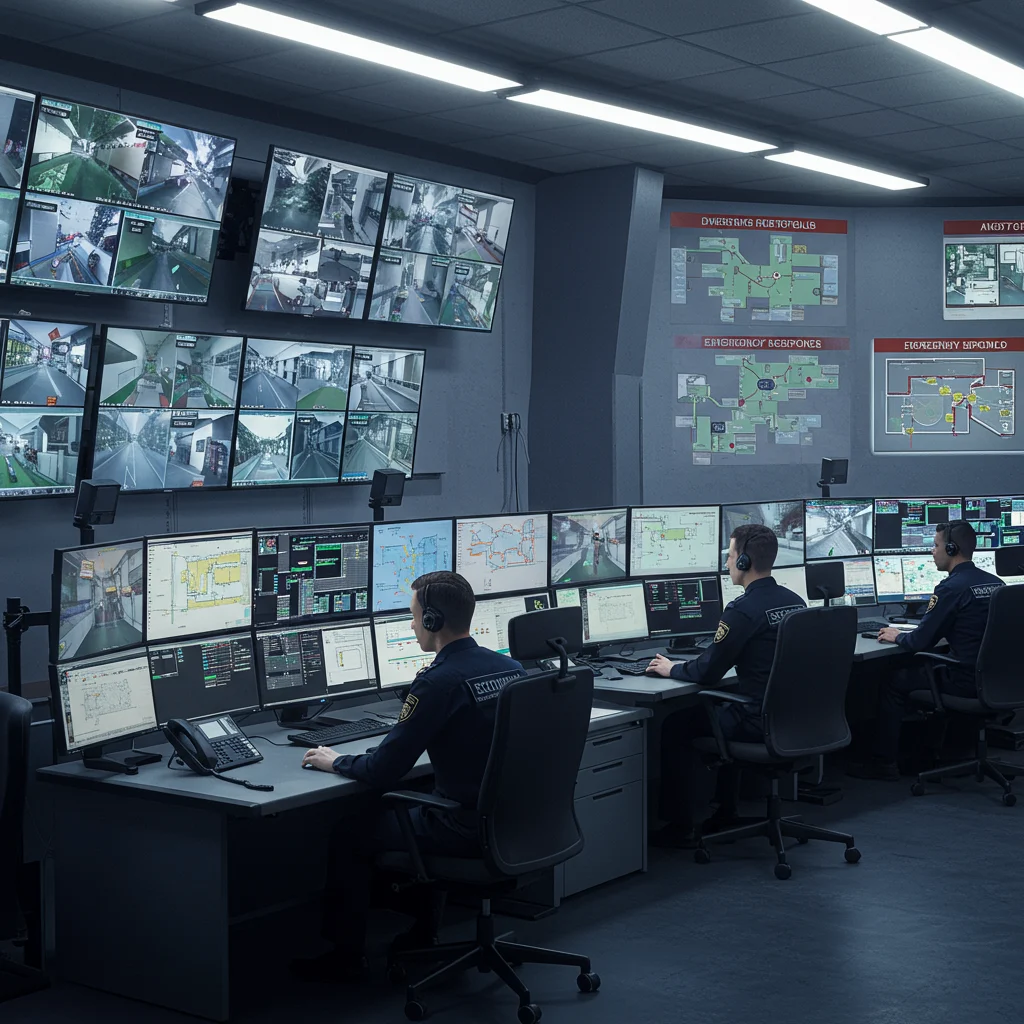
Emergency Preparedness
Chauffeurs are often trained in emergency response, including first aid, evacuation procedures, and crisis management. This additional preparation provides peace of mind for clients during unexpected situations.
VIP and Executive Protection
For high-profile clients, chauffeurs may coordinate with security personnel, plan secure routes, and implement protective measures to safeguard passengers against threats.
Privacy Measures
Strict privacy protocols are standard in chauffeur services, ensuring client conversations and destinations remain confidential. This level of discretion is less common in standard driver services.
Customer Experience: What Do Reviews Say?
Feedback from clients reveals distinct patterns in the way drivers and chauffeurs are perceived and appreciated.

Common Compliments for Drivers
Clients frequently praise drivers for punctuality, efficient navigation, and friendly demeanor. Many also appreciate drivers who share local tips or offer a comfortable, smooth ride. For those who value classic automotive experiences, our article on great American muscle cars highlights the passion behind skilled driving.
Common Compliments for Chauffeurs
Chauffeurs receive accolades for their professionalism, attention to detail, excellent grooming, and ability to anticipate client needs. Clients often mention the sense of exclusivity and tranquility that accompanies chauffeur-driven journeys.
Handling Complaints and Issues
Both professions require tact and responsiveness when addressing client concerns. Chauffeurs, however, are typically expected to resolve issues discreetly and immediately, reinforcing their commitment to a flawless service experience.
Technology and Tools Used
Advancements in technology have transformed how drivers and chauffeurs operate, making transportation safer and more efficient.
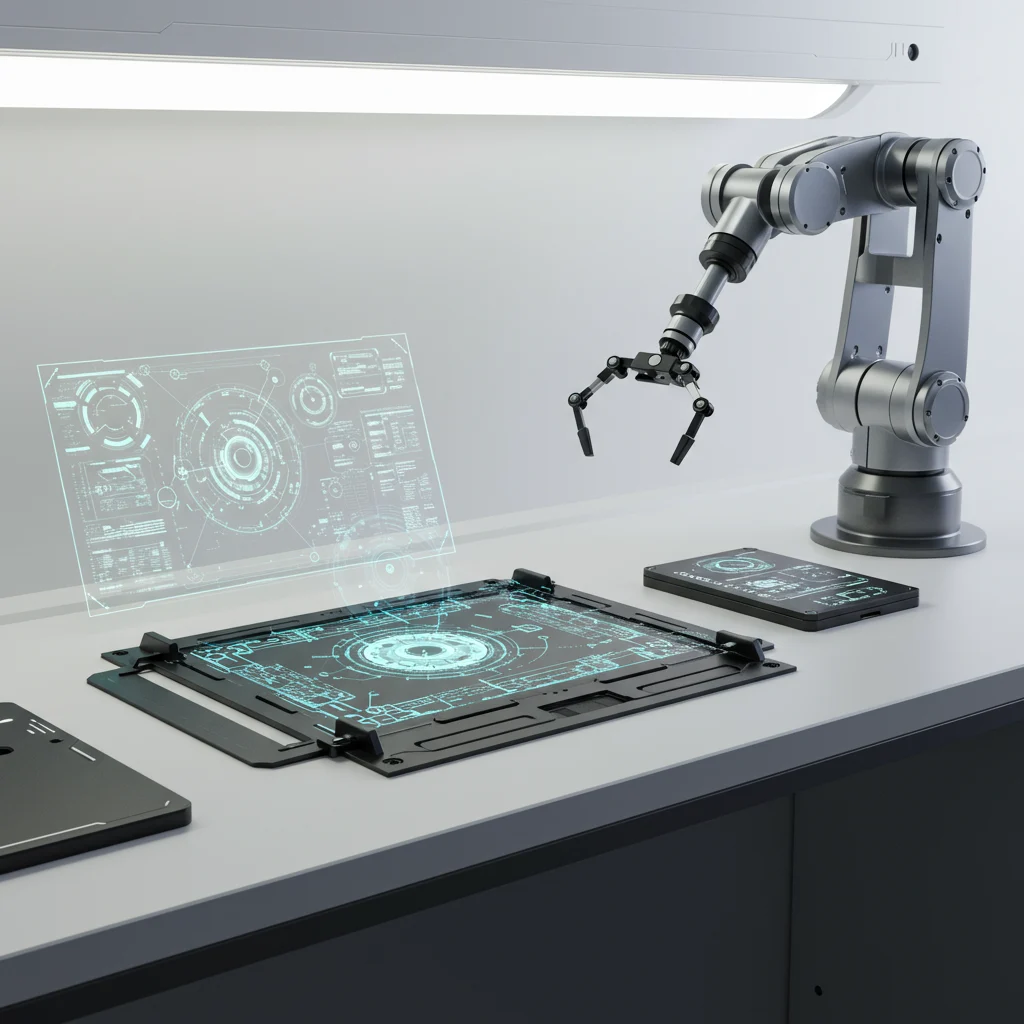
Navigation and Communication Systems
Modern drivers and chauffeurs utilize GPS navigation, real-time traffic updates, and sophisticated communication systems to optimize routes and stay connected with dispatchers or clients. Chauffeurs may also use specialized apps for executive travel planning.
Booking and Scheduling Platforms
Ride-sharing apps and online booking systems have streamlined the hiring process for both drivers and chauffeurs. Clients can now schedule rides, track vehicles, and manage payments with unprecedented convenience. The industry continues to evolve, as discussed in our analysis of future cars and next-gen automotive advancements.
Cultural Perceptions: How Are Drivers and Chauffeurs Viewed?
Social attitudes toward drivers and chauffeurs are shaped by regional customs, economic factors, and historical context.
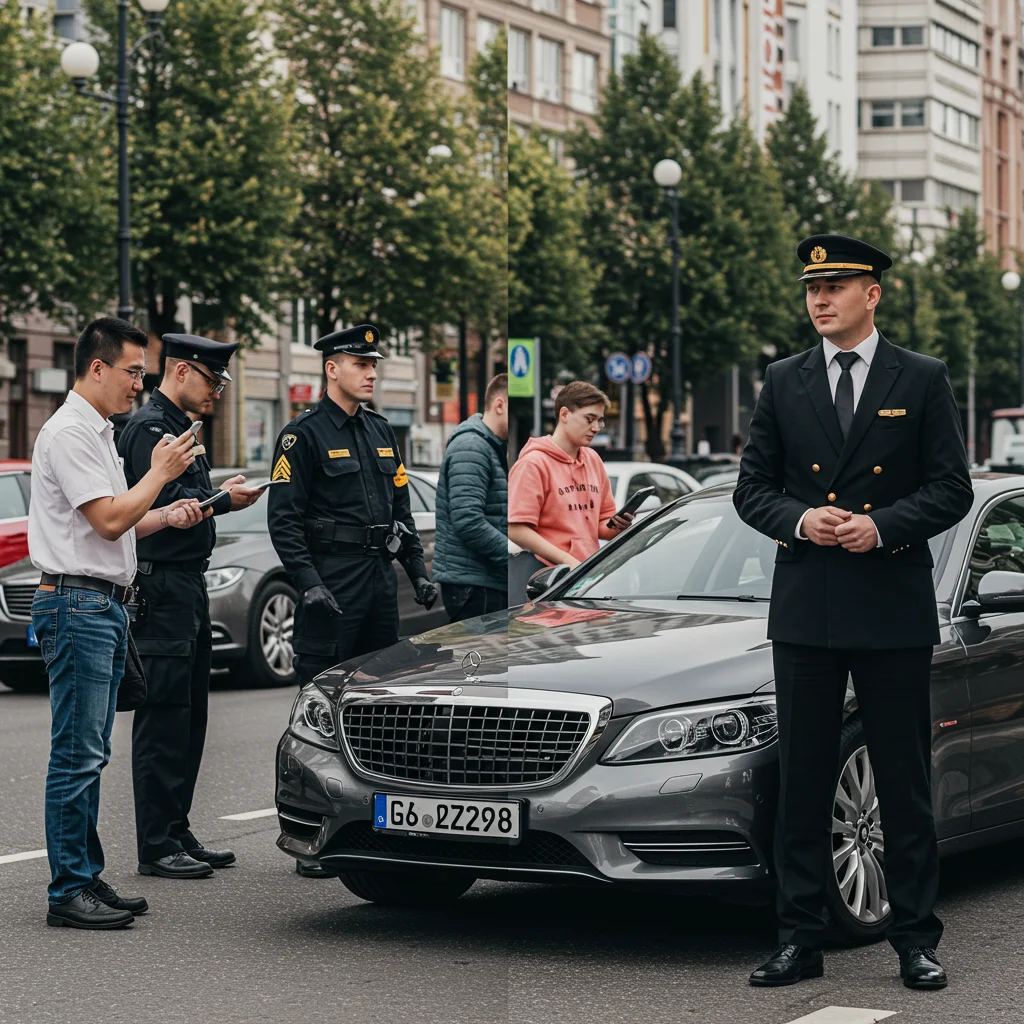
Global Differences in Roles and Expectations
In some cultures, chauffeurs are seen as symbols of wealth and status, while in others, the distinction between driver and chauffeur is less pronounced. Expectations regarding manners, attire, and service quality can vary widely around the world.
Status and Prestige Associated with Each Role
Chauffeurs are often regarded with higher prestige due to their association with luxury, discretion, and professionalism. Drivers, while respected for their essential services, are generally viewed as providing practical rather than aspirational transportation.
Environmental Impact: Are There Differences?
Environmental considerations are increasingly important in transportation, and both drivers and chauffeurs are adapting to greener practices.

Eco-Friendly Practices for Drivers
Many drivers are transitioning to hybrid or electric vehicles, participating in eco-driving training, and minimizing idling to reduce emissions. Ride-sharing companies may also offer incentives for environmentally conscious choices.
Sustainable Options Among Chauffeur Services
Luxury transport companies are investing in electric limousines, carbon offset programs, and sustainable operations to meet client demand for greener travel. Chauffeurs may also receive training in fuel-efficient driving and responsible vehicle maintenance.
Career Pathways: How to Become a Driver or Chauffeur
For those considering a career behind the wheel, there are clear pathways and opportunities for advancement in both roles.
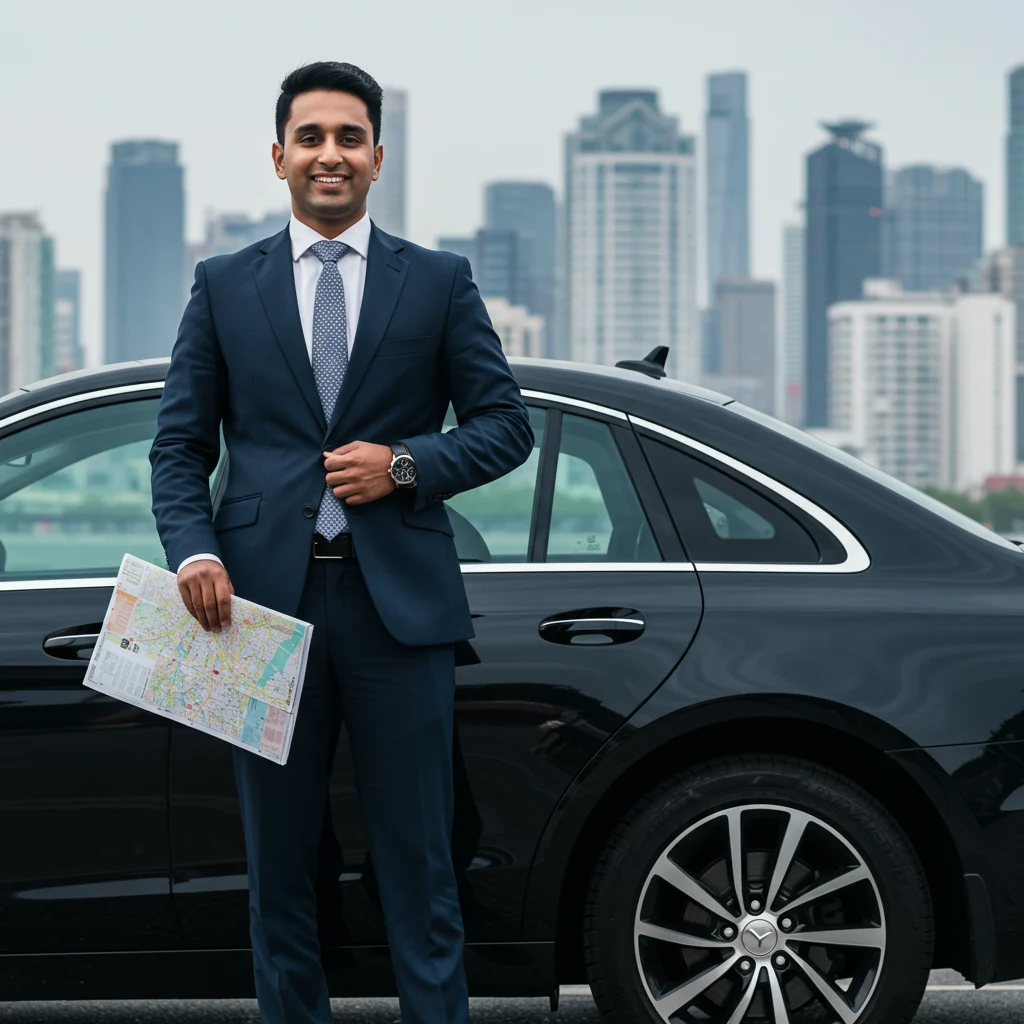
Steps to Becoming a Professional Driver
Prospective drivers should:
- Obtain the appropriate license for their vehicle type
- Gain experience through entry-level positions or ride-sharing platforms
- Maintain a clean driving record
- Complete any required background checks
Steps to Becoming a Professional Chauffeur
Becoming a chauffeur involves:
- Securing a commercial or chauffeur-specific license
- Completing specialized training in customer service and luxury vehicle operation
- Developing a professional appearance and demeanor
- Passing more extensive background screening
Advancement and Specialization Opportunities
Both careers offer opportunities for specialization, from executive transport to celebrity security or even luxury vehicle fleet management. Ongoing education and networking can help professionals access higher-paying roles and prestigious clients.
Which Service Is Right for You?
Deciding between a driver and a chauffeur depends on your priorities, budget, and the nature of your journey.

When Should You Hire a Driver?
Drivers are ideal for everyday transportation, airport transfers, and situations where efficiency and affordability are the main concerns. They provide reliable service for individuals and families who need to get from point A to point B without extra frills.
When Is a Chauffeur the Better Choice?
Chauffeurs are best suited for special occasions, business travel, or when comfort, privacy, and luxury are paramount. Their expertise and attention to detail make them the preferred option for those seeking a memorable, stress-free journey.
How to Choose Between a Driver and a Chauffeur
Consider factors such as the purpose of your trip, desired amenities, budget, and the importance of discretion. Evaluating these elements will help you select the service that aligns best with your expectations.
Frequently Asked Questions About Drivers and Chauffeurs
Q: Can anyone become a chauffeur, or is special training required?
A: Special training in luxury service, etiquette, and sometimes security is typically required to become a professional chauffeur.

Q: Are chauffeur services always more expensive?
A: Chauffeur services usually cost more due to the premium vehicles, amenities, and personalized attention provided.
Q: Do drivers and chauffeurs require different licenses?
A: Yes, chauffeurs may need a specific commercial or chauffeur license, while drivers hold standard or commercial driving licenses depending on their role.
Q: How do I know if a service provider employs drivers or chauffeurs?
A: Look for details about vehicle type, dress code, and service level on the provider’s website or ask directly when booking.
Conclusion: Making an Informed Decision
Understanding the distinctions between drivers and chauffeurs empowers us to make choices that suit our needs, preferences, and occasions. Whether you value efficiency, affordability, or the highest standard of luxury and discretion, selecting the right professional can elevate your travel experience. For those seeking the ultimate in personalized service and premium vehicles, Capital Exotic offers a range of options to match any occasion. Explore Capital Exotic’s services and enjoy the journey, wherever the road may take you.










